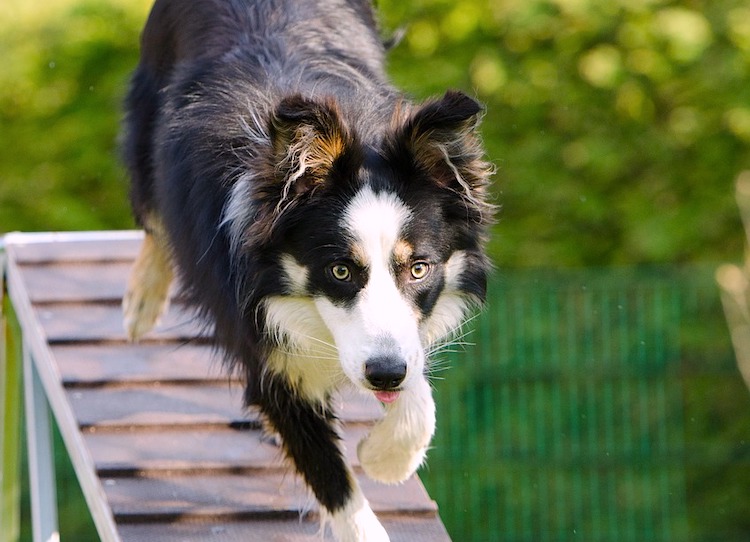
What is Dog Agility?
Dog agility is a zealous sport in which the training and handling of dogs are put to the test. Racing against the clock, participants instruct their canines to perform challenging exercises, with the goal of being the fastest on the course. Among the strenuous feats are:
- Pole weaving
- Tunnel running
- Hurdle jumping
Agility competitions are fast becoming a popular spectator event.
Which Breeds Are Naturally Good at Dog Agility?
In general, if your dog comes from a working breed and has a medium build, their odds of winning are better than those of other dogs. While certain breeds may seem more naturally suited to the sport, more than 150 breeds have shown their sometimes surprising ability to perform well. Mixed-breed dogs are accepted by most agility clubs, and even by the American Kennel Club in its Canine Partners program.
Key Traits of Successful Agility Dogs:
- Physically Active: Dogs that are always on the move and enjoy exercise.
- Full of Energy: High-energy dogs often excel in agility. Learn how to calm your energetic dog.
- Desire to Please: Dogs with a strong desire to please their owners tend to perform well.
- Head-strong and Curious: Pups who get into trouble when your back is turned or get bored easily can be good candidates for agility training.
These traits often make dogs among the most successful in agility competitions. By understanding what makes a good agility dog, you can better gauge if your pup has the potential to excel in this exciting sport.
Which Dog Breeds Are Not the Best in Dog Agility?
While many dogs excel in agility, some breeds may struggle with the physical demands and challenges of the sport. Here are a few examples:
- Great Danes: These gentle giants tend to be energy-less at agility training. Learn more about Great Danes.
- Mastiffs: Similar to Great Danes, Mastiffs often lack the energy required for agility competitions. Find out more about Mastiffs.
- Boxers and Bulldogs: These breeds may not do well in activities that require lots of heavy breathing. More information on Boxers and Bulldogs.
- Dachshunds: The short-legged Dachshunds may have difficulty with the jumping exercises. Learn more about Dachshunds.
Other Factors Influencing Dog Agility Success:
- Age: Puppies younger than 9 months and dogs 8 years old and up are typically not allowed to compete.
- Temperament: Shy dogs, although they may never overcome their fearfulness enough to succeed in competitions, can still benefit from participation. Agility training can help boost their self-confidence while letting them have fun.
Understanding these factors can help you determine whether your dog is suited for agility competitions and ensure a positive experience for both you and your pet.
Top 10 Fastest Breeds in Dogs Agility Competitions
There are some dog breeds that you’ll repeatedly see at the top of competition leaderboards. Here’s my personal ranking of the top 10 fastest dog agility breeds:
1. Border Collie

Border Collies are often considered the fastest and most agile dogs in dog agility competitions. Here’s why:
- High Energy Levels: Border Collies have boundless energy, making them ideal for the intense physical activity required in agility sports.
- Intelligence: Known for their high intelligence, Border Collies can quickly learn and execute complex commands and maneuvers.
- Athletic Build: Their lean and muscular build allows for exceptional speed and agility, essential traits for navigating agility courses.
- Work Ethic: Originally bred for herding, Border Collies possess a strong work ethic and a natural drive to complete tasks efficiently.
Fame(US)
In 2018, a Border Collie named Fame(US) made headlines by smashing the Westminster Kennel Club’s Master Agility Championship. According to Nine, “She left her other competitors in the dust, beating the fastest time by more than eight-and-a-half seconds.”
The Complete Guide to Border Collies remarks, “Competitive agility is right up the Border Collie’s alley. It’s fun for both the dog and the handler, but tiring and requires a good level of fitness.”
This combination of traits and notable performances like that of Fame(US) solidify the Border Collie’s reputation as a master of agility.
2. Russell Terrier
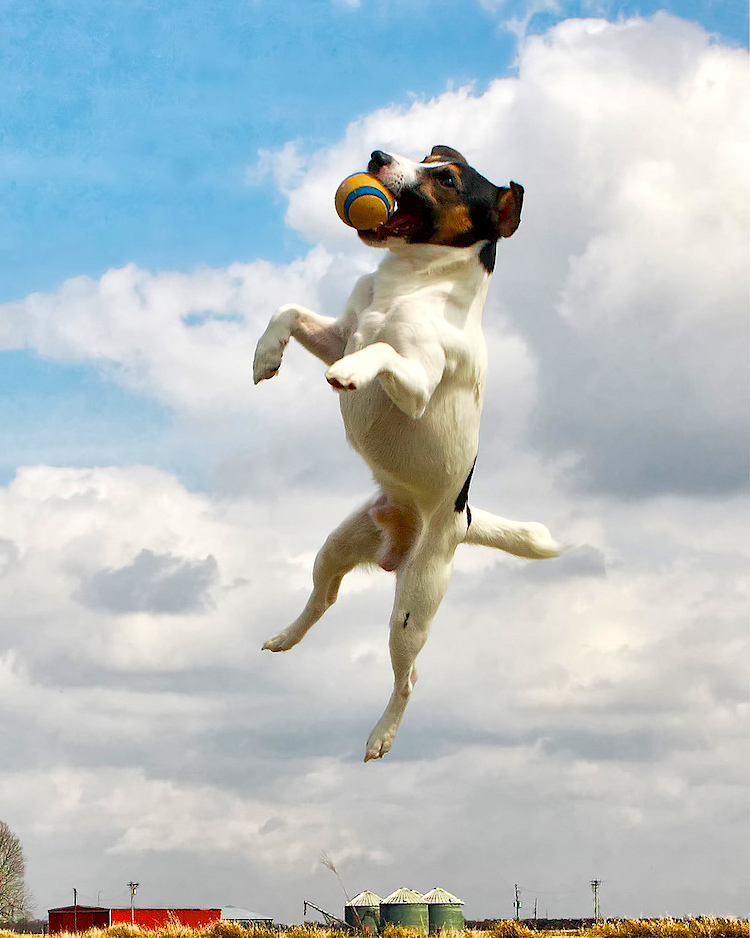
Russell Terriers, formerly known as Jack Russell Terriers, are excellent candidates for dog agility training. Here’s why:
- Endless Energy: Russell Terriers possess a seemingly endless supply of energy, allowing them to run, play, and explore throughout the day without tiring.
- High Intelligence: Their high intelligence enables them to quickly learn and execute the commands and maneuvers required in agility training.
- Athleticism: Combining their energy and intelligence makes Russell Terriers excellent athletes, well-suited for the physical and mental demands of agility competitions.
Notable Traits
The blog Happy Jack Russell highlights these traits, stating, “As every proud guardian of a Jack Russell Terrier knows, our wonderful balls of fur come with a seemingly endless supply of energy. They can run around, play, and explore through the whole day and not get tired. Add their high intelligence into the mix and you get excellent athletes.”
These characteristics make the Russell Terrier a top choice for agility training and competitions.
3. Australian Shepherd
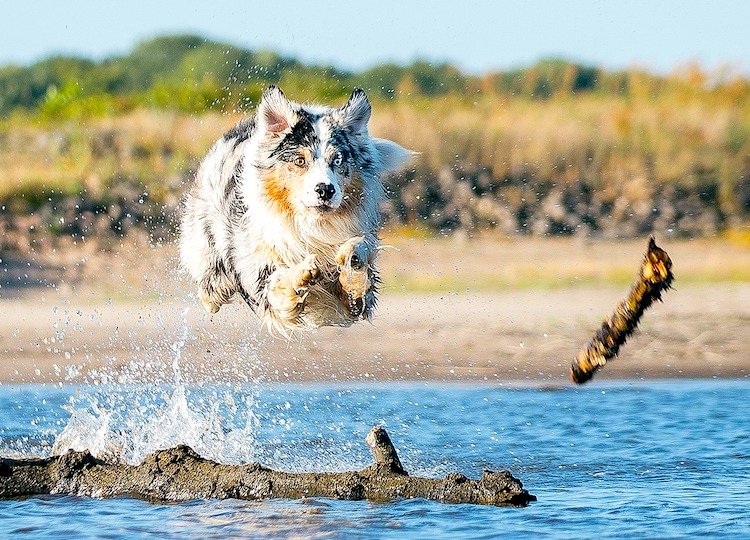
Australian Shepherds are highly regarded for their speed, agility, and drive, making them excellent competitors in various dog sports including dog agility competition. Here’s why:
- Speed and Agility: Australian Shepherds possess remarkable speed and agility, essential traits for excelling in agility courses and other dog sports.
- High Drive: Their strong drive and enthusiasm for work make them eager participants in competitive activities.
- Versatility: Originally bred as herding dogs, Australian Shepherds are versatile and capable of performing a wide range of tasks with efficiency and skill.
Flyball Enthusiasts
If your Australian Shepherd loves chasing a tennis ball, then flyball may be the perfect activity for your pup. According to the book Australian Shepherd Dog, “The Australian Shepherd’s speed, agility and drive have made the breed a longtime favorite in flyball.”
For more information about the Australian Shepherd, visit the Australian Shepherd breed profile.
4. Australian Kelpie
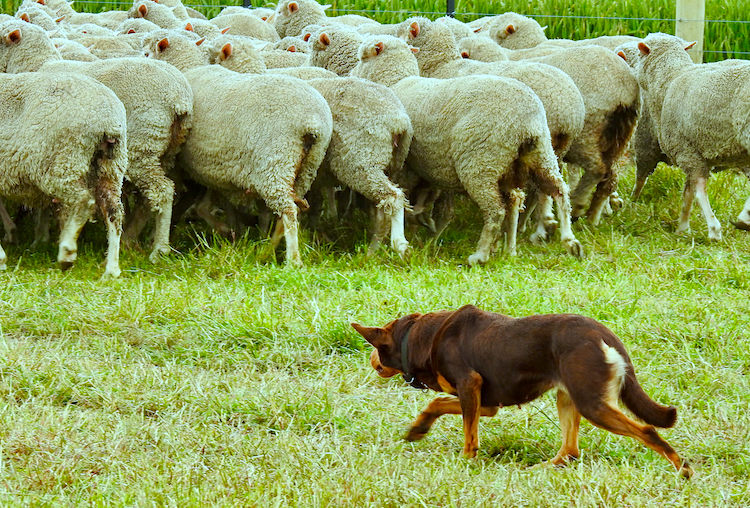
The Australian Kelpie is a natural at dog agility events, showcasing exceptional athleticism and agility. Here’s why:
- Athleticism: Kelpies are known for their incredible athletic abilities, making them highly adept at agility tasks.
- Quick Learners: Their intelligence allows them to quickly master complex movements such as jumping, climbing, and making sharp turns.
- Agility: Kelpies excel in navigating agility courses, moving efficiently from one obstacle to another with ease.
Natural Agility Experts
According to the book Australian Kelpie, “Due to their athleticism, they quickly learn to master the art of jumping, climbing and making quick, sharp turns as they move from one obstacle to another.”
For more information about the Australian Kelpie, visit the Australian Kelpie breed profile.
5. Standard Poodle
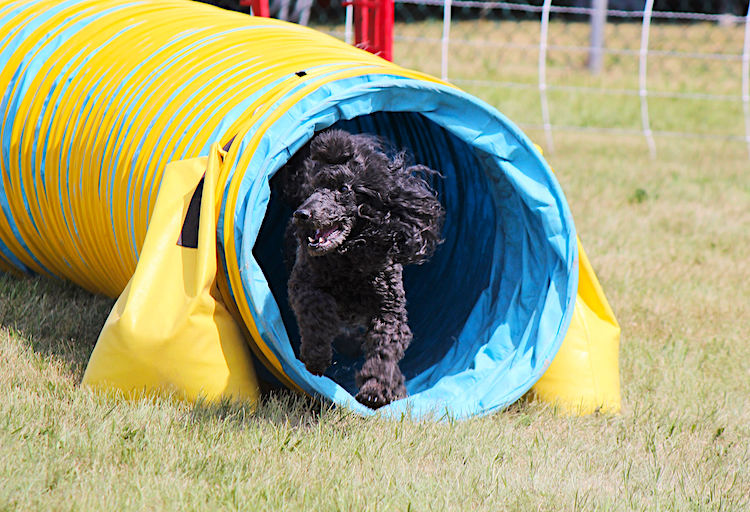
Standard Poodles are known for their exceptional qualities that make them serious competitors in agility competitions. Here’s why:
- Athletic Ability: Standard Poodles have a strong and agile build, making them well-suited for the physical demands of agility courses.
- Drive and Motivation: Their natural drive and enthusiasm push them to excel in competitive environments.
- Trainability: Poodles are highly trainable, able to quickly learn and execute complex commands.
- Intelligence: Their intelligence allows them to understand and perform agility tasks with precision and speed.
Competitive Edge
The blog Amazing Poodles asserts, “The Standard Poodle has the athletic ability, drive, trainability, and intelligence that is required to be a serious competitor in the agility ring.”
For more information about Standard Poodles, visit Amazing Poodles.
6. Papillon
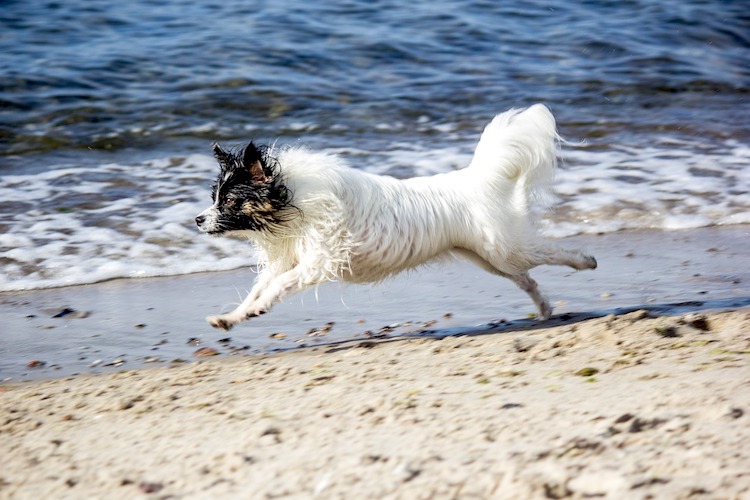
Papillons may be small, but they have found great success in the performance ring, earning a spot among the top dog agility breeds. Here’s why:
- Compact Size: Their small stature allows them to navigate agility courses with ease and agility.
- High Energy: Papillons possess high energy levels, making them enthusiastic participants in agility competitions.
- Intelligence: They are highly intelligent and quick learners, which is crucial for mastering agility tasks.
- Trainability: Despite their size, Papillons require a certain level of control and obedience to perform well in agility courses.
Performance Success
The Complete Guide to Papillon Dogs advises, “Before your Papillon can run an agility course off lead, you would need a certain level of control and obedience.”
7. Shetland Sheepdog
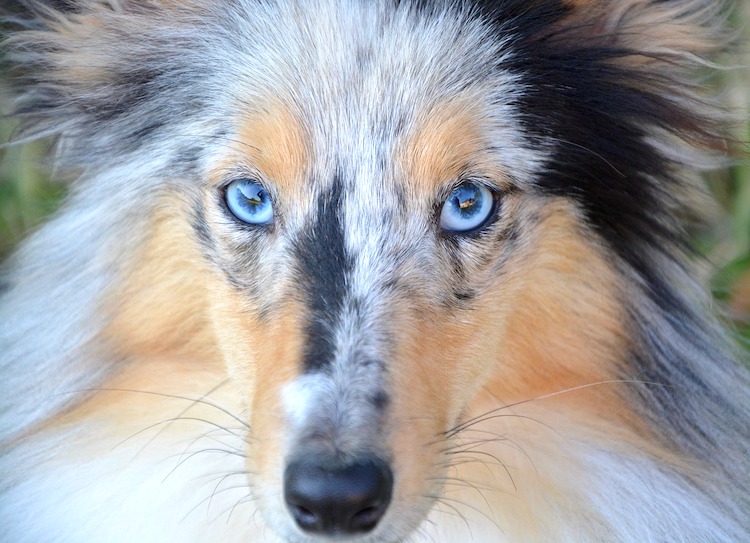
Shetland Sheepdogs, or Shelties, are active and intelligent dogs that thrive in the agility ring. Here’s why:
- High Energy: Shelties have plenty of excess energy that agility training helps to burn off.
- Intelligence: Their high intelligence allows them to quickly learn and master complex agility tasks.
- Love for Activity: Shelties enjoy physical activities and thrive in environments where they can use their natural herding instincts.
Agility Enthusiasts
“Agility is a fast-growing dog sport, and one that the active, little Shetland Sheepdog loves,” says PetCareRX. “This sport not only burns off some of the Sheltie’s excess energy, it also gives Shelties a chance to use their thinking skills.”
For more information about training your Shetland Sheepdog, visit PetCareRX.
8. Pembroke Welsh Corgi
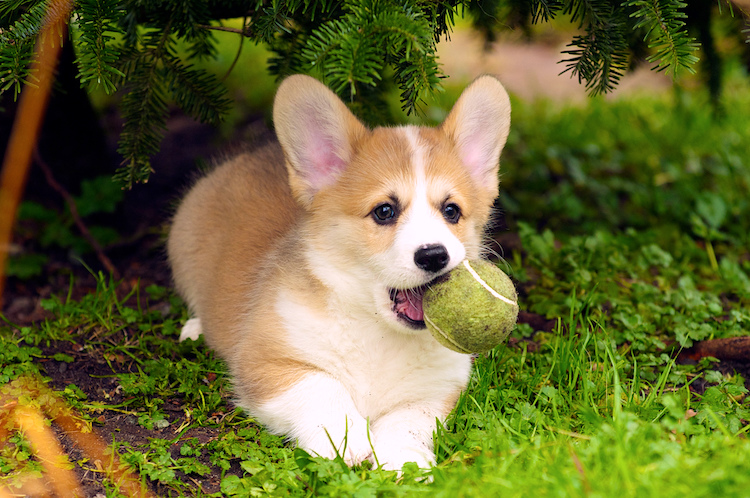
Pembroke Welsh Corgis may be short in stature, but they are highly spirited and excel in agility competitions. Here’s why:
- Compact and Agile: Their small size allows them to navigate agility courses with ease and precision.
- High Spirit: Despite their stature, Corgis have a lot of heart and determination, making them formidable competitors.
- Intelligence: They are quick learners and can master complex agility tasks efficiently.
Notable Achievements
“They may be short in stature,” says the Pembroke Welsh Corgi Club of America, “but they are very tall in heart!”
The breed club highlights several notable achievements:
- In 1997, a Pembroke Welsh Corgi won the “Triple Crown” of agility competitions over all other breeds.
- Just a year later, a champion Pembroke Welsh Corgi became the first champion of any breed to earn the Variable Surface Tracking title, the most difficult tracking title for any dog to obtain.
For more information about Pembroke Welsh Corgis, visit the Pembroke Welsh Corgi Club of America.
9. Rat Terrier
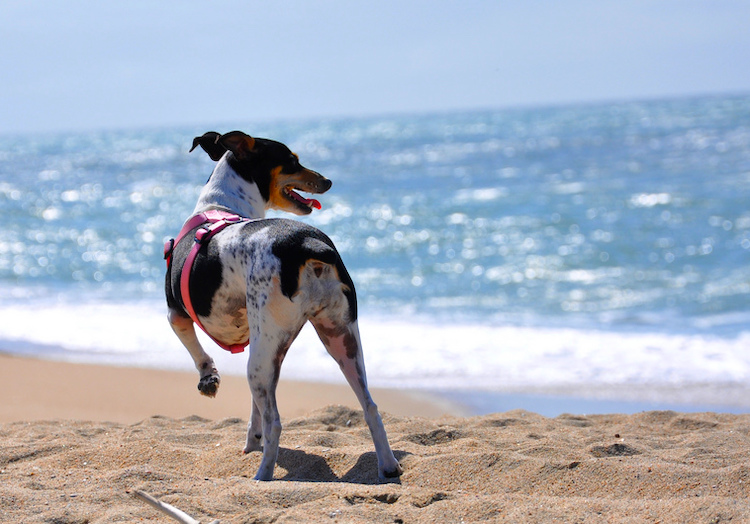
Rat Terriers are small but incredibly nimble, making them excellent candidates for agility and obedience events. Here’s why:
- Nimbleness: Their agility and quick reflexes allow them to navigate agility courses with precision.
- High Energy: Rat Terriers have a lot of energy, which makes them enthusiastic participants in physical activities.
- Intelligence and Trainability: These dogs are highly intelligent and easy to train, essential traits for excelling in agility and obedience competitions.
Personal Experience and Expert Opinion
I used to have a Rat Terrier, so maybe I’m biased. But these tiny dogs are unbelievably nimble. Modern Dog magazine agrees, saying, “Intelligent and trainable, many Rat Terriers excel in agility and obedience, events that also serve as excellent outlets for this energetic breed.”
For more information about Rat Terriers, visit Modern Dog magazine.
10. German Shepherd
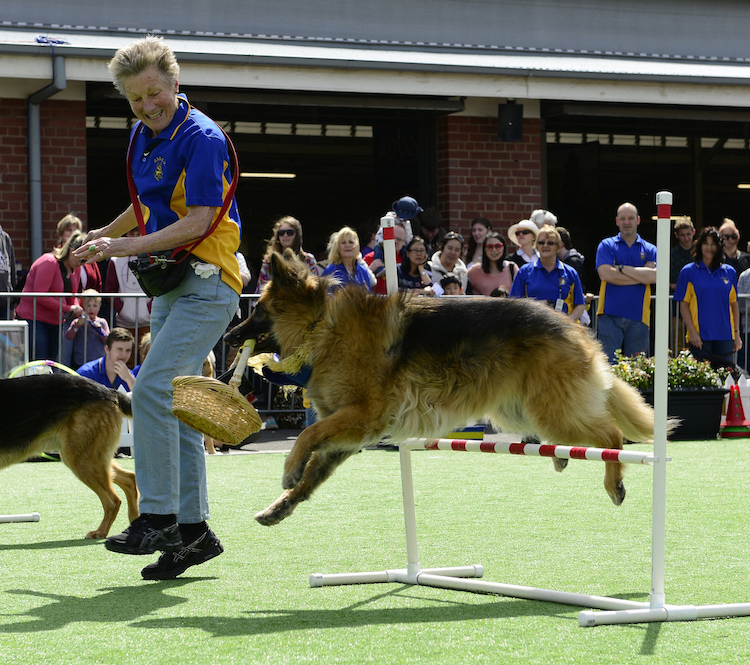
German Shepherd Dogs (GSDs) are known for their athleticism and versatility, making them strong contenders in agility competitions. Here’s why:
- Athleticism: GSDs have a strong, muscular build that aids in their agility and overall performance in physically demanding tasks.
- Versatility: Their versatility allows them to excel in various activities, from agility to military operations.
- Determination and Drive: GSDs are highly driven and determined, traits that make them excel in competitive environments.
Military Excellence
Hey, any dog that’s regularly jumping out of planes in full military gear with their handlers in the armed forces deserves a spot on this list of top agility dog breeds. The German Shepherd Dog (GSD) is an amazingly athletic breed.
Agility Performance
According to the Agility Bits website, “GSDs can be very good at agility, but the larger, heavier dogs may never be as fast as the lighter breeds. Some of them can also find the weave poles a bit too close together and the tunnel isn’t always ideal for the large dogs.”
“The small GSDs find it a lot easier, but in general the breed is so versatile that whatever the size you’ll eventually come home with place rosettes and some of them might have a number 1.”
For more information about German Shepherds and their agility performance, visit the Agility Bits website.
Is Your Pup the Next Star?
Most dogs need 6–9 months of daily training before they are ready for the challenge. Here are some essential steps to prepare your dog for agility training:
- Obey Basic Commands: Your pet should be able to obey basic commands like sit, heel, stay, and down before you even think about agility training. Learn more about basic commands.
- Daily Training: Consistent, daily training is crucial to build the necessary skills and stamina for agility courses.
- Physical Fitness: Ensure your dog is physically fit and healthy, as agility training is demanding.
If your dog moves fast, jumps gracefully, obeys commands, and is the star of the neighborhood, consider agility training. Who knows? Your dog may be a winner — not only in your eyes, but also in the world of competitive sports.
Frequently Asked Questions (FAQ)
How to build a dog agility course?
To build a dog agility course, set up obstacles like jumps, tunnels, weave poles, and contact equipment in a spacious, flat area.
How to make dog agility equipment?
For dog agility training, you need jumps, tunnels, weave poles, A-frames, dog walks, and seesaws.
What is dog agility training?
Dog agility training involves teaching dogs to navigate an obstacle course swiftly and accurately, following commands from their handler.








